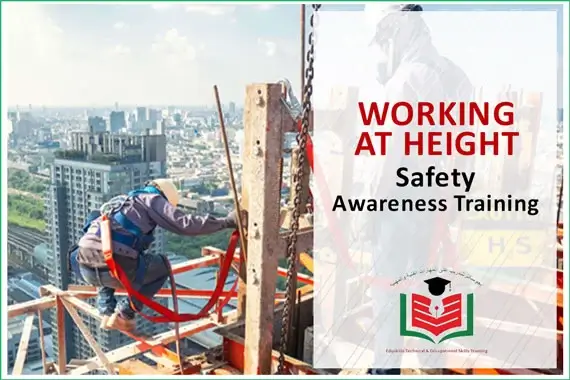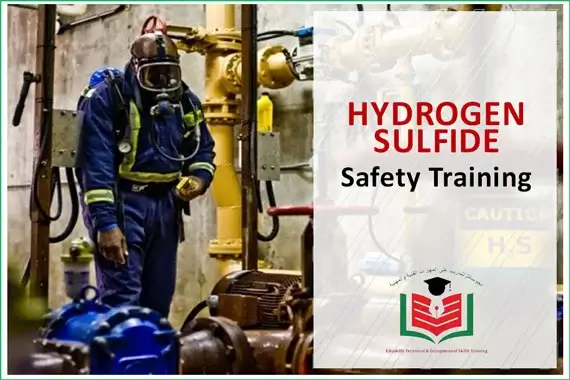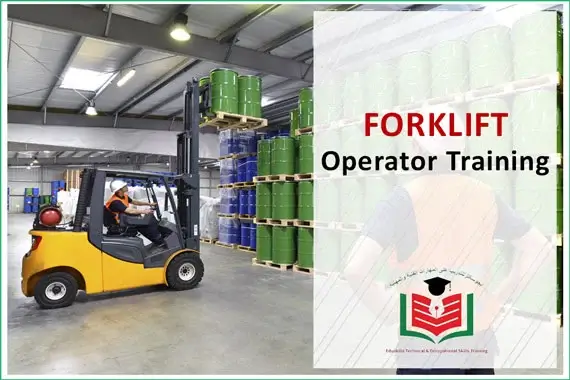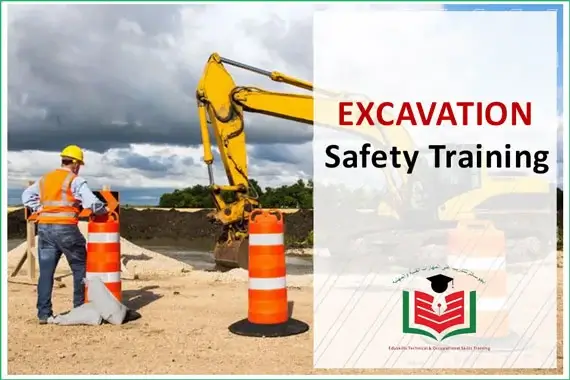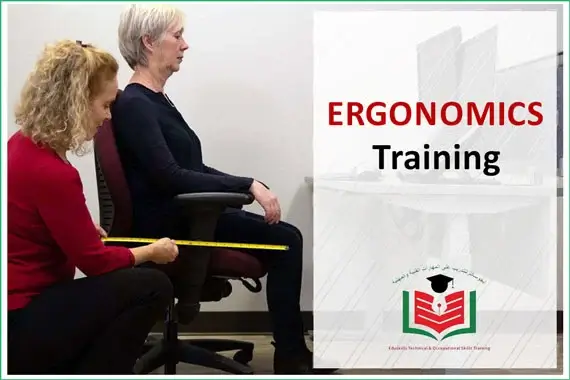Working at Height Safety Awareness
The Working at Height Safety Awareness training course covers essential information on managing and carrying out work at height, including the selection of appropriate access equipment, the hierarchy of risk controls, identification ofRead More




